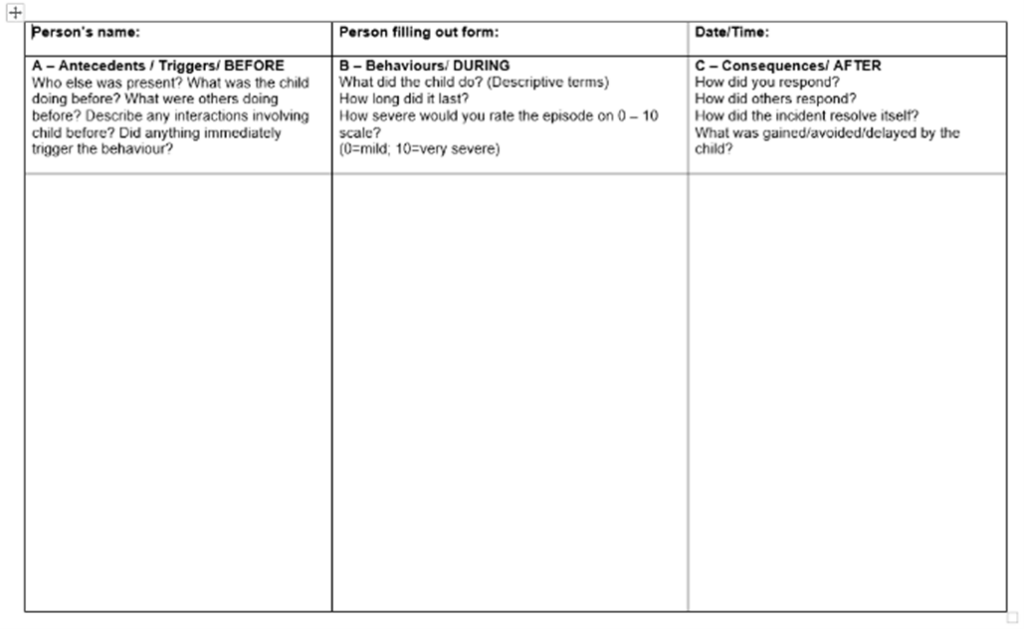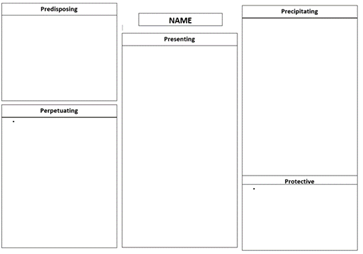Positive Behaviour Support

Information
Here you’ll find answers to some common questions concerning Positive Behaviour Support (PBS)
Select the underlined questions below to see more.
- Positive Behaviour Support (PBS) is about working in partnership with people, treating them with dignity and respect and enabling them to have a better life.
- All behaviours have a meaning. Positive Behaviour Support aims to understand what behaviours that challenge tell us – so that the person’s needs can be met in better ways.
“Behaviour can be described as challenging when it is of such an intensity, frequency or duration as to threaten the quality of life and/or the physical safety of the individual or others. It is likely to lead to responses that are restrictive, aversive or result in exclusion.”
(Royal College of Psychiatrists, 2007).
You may hear terms such as;
- Challenging behaviours (this can be misinterpreted ie. The person is the problem)
- Behaviours that challenge
- Behaviours that are described as challenging
- Distressed behaviours
- Behaviours of concern
The preferred terms are ‘Behaviours that Challenge’ or ‘Behaviours of Concern’.
Examples of common behaviours that challenge:
- Aggression (e.g. hitting, kicking, biting)
- Self-injurious behaviour (e.g. head banging, biting self, hitting self)
- Shouting/swearing
- Sexualised behaviour in public
- Throwing items/ breaking things
- Soiling/ smearing
Positive Behaviour Support (PBS) is a recommended framework, which has an ethical approach for supporting people presenting with behaviours that challenge. PBS teaches us that ‘All behaviour happens for a reason’ and we need to find the reasons or ‘functions’ for each individual in order to reduce that behaviour.
Behaviour tries to tell us something:
Functions of behaviour that challenges:
Remember TEARS
- Tangible Reasons – To gain something
- Escape from demands – To avoid something or an environment
- Attention or interaction – For social interaction from others
- Reduce experience of pain or relief from internal discomfort
- Sensory or stimulation – Removes bad feelings/makes someone feel good
This list is not exhaustive and there could be many other reasons that a person may behave in a challenging way.

Form is what the behaviour looks like or sounds like (e.g. the person throws a mug to the floor)
Function is what the behaviour is trying to achieve or its purpose (e.g. the person throws a mug to the floor to get us to understand the fact that they are thirsty)
For more information visit: The PBS Academy UK | Positive Behavioural Support (PBS) guide to family and carers.
The PBS process begins with assessment of the individual to gather a holistic picture of the person, following this a behaviour support plan can be produced focusing different strategies for minimising the risk of behaviour that challenges.
The plan should then be regularly reviewed and updated as the needs of the individual change.
Overall, the main focus of PBS is to improve quality of life.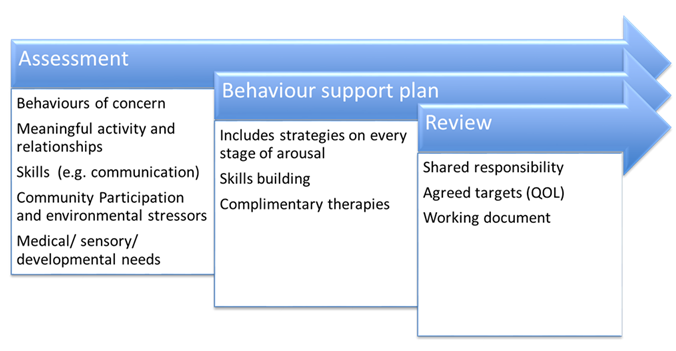
PBS is broken down into 10 key components, these components are separated into 3 overarching themes, which consist of Values, Theory and Process.
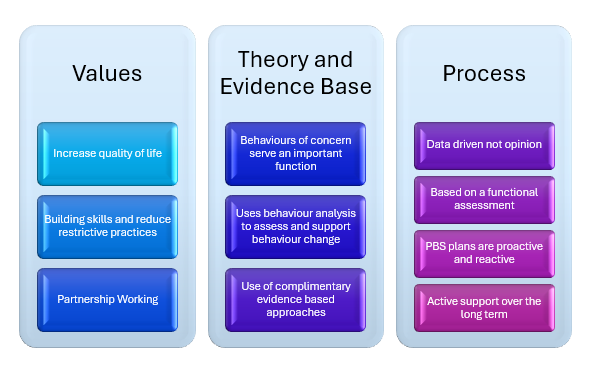
- The overall aim of PBS is to improve Quality of Life
- PBS provides the right support at the right time for a person so they can lead a meaningful life participating in activities and learning new skills
- PBS collects evidence to help us understand what behaviour means
- It empowers people to use better and less harmful ways to get their needs met
- PBS aims to make systems work for a person, this means carers may need training or the environment needs to be changed to meet a persons’ needs
- PBS plans should be reviewed continuously
- PBS aims to reduce restrictive practices

Coping with
Top tips to cope if you have worries about PBS
The following buttons are self-help suggestions

Finding help
What can you do?
- Visit North Staffordshire Combined Healthcare website Learning Disability page
- If you have any queries contact the Community Learning Disability Team on 0300 123 1152 to discuss further
Select the underlined topics below to view what resources are available.

Getting more help
If you haven’t already found the help you’re looking for, you can find additional information and services which are more interactive here.
Select the underlined topics below to view what resources are available.
…in and around North Staffordshire
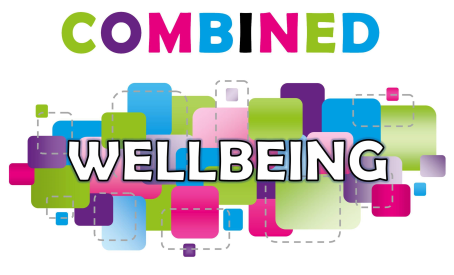











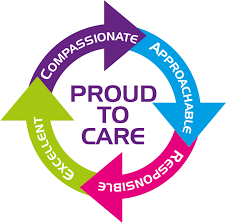


 A behaviour support plan is a guide for carers that tell them the things that they need to do to ensure a person is getting their needs met.
A behaviour support plan is a guide for carers that tell them the things that they need to do to ensure a person is getting their needs met. Active Support is about getting involved in more activities day to day.
Active Support is about getting involved in more activities day to day.
 The function of a person’s behaviour can be assessed by thinking about ‘ABC’:
The function of a person’s behaviour can be assessed by thinking about ‘ABC’: